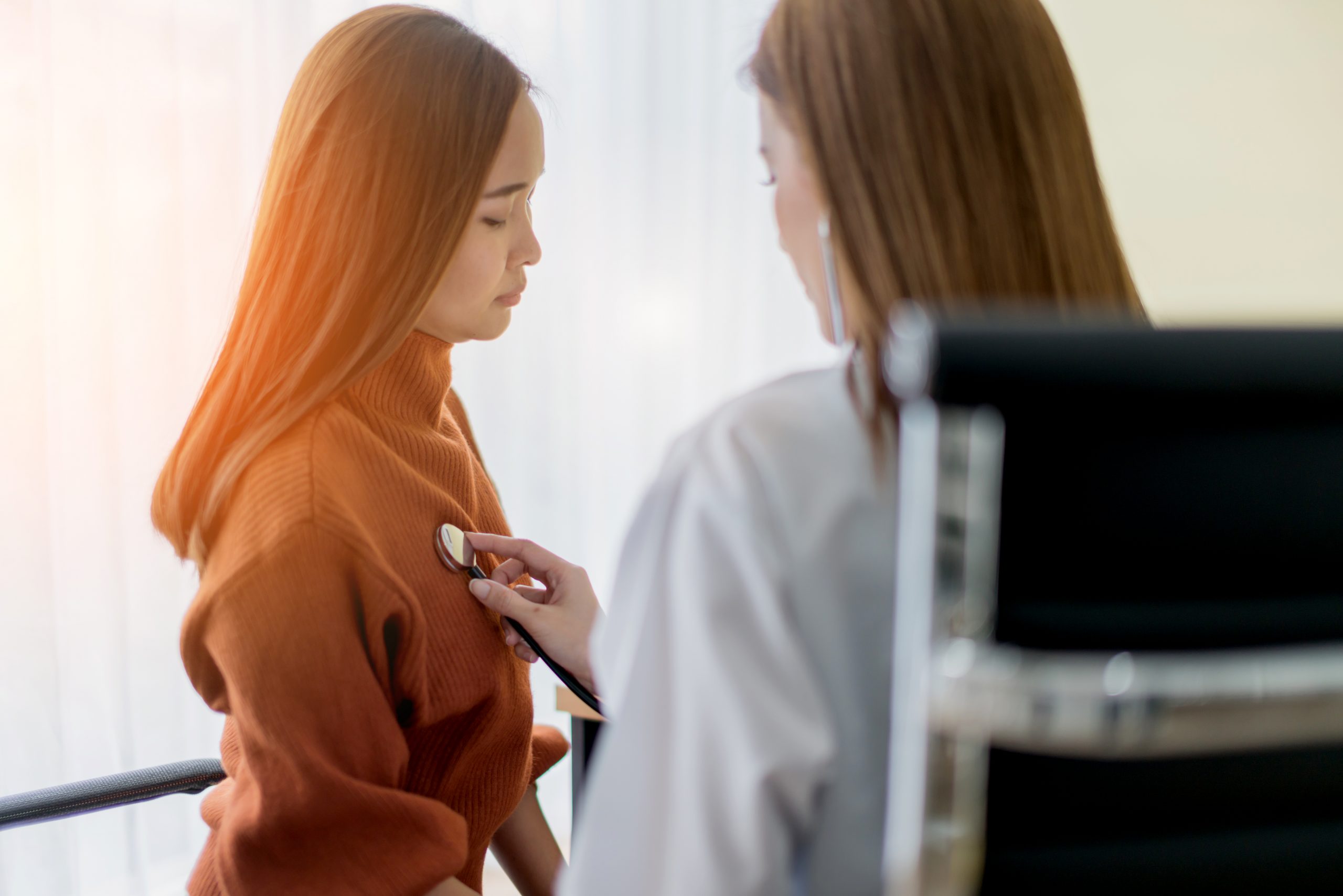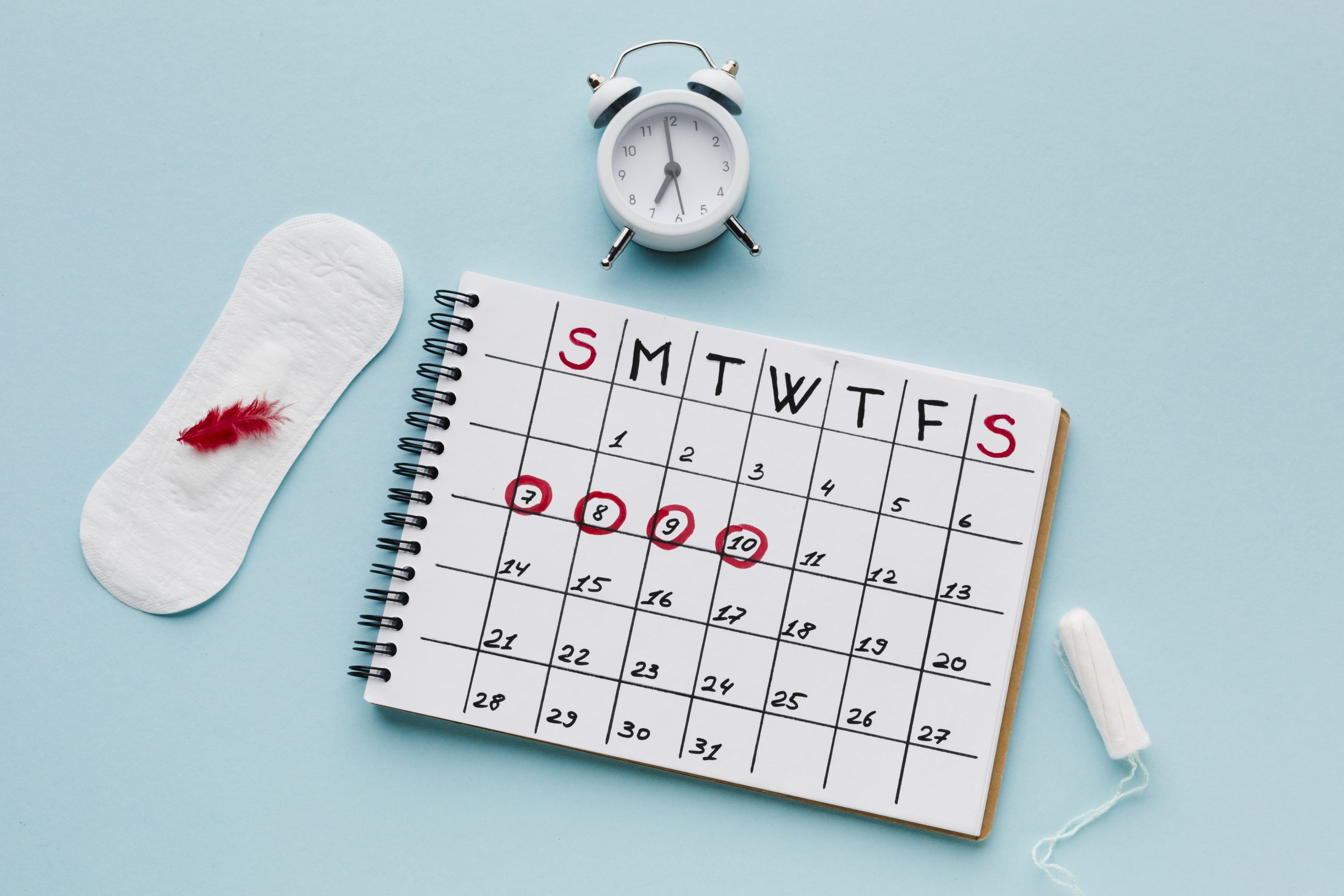Breast Cancer: Early Detection and Screening

- What is breast cancer?
Breast cancer is a type of cancer that originated from the breast. The cancer cells, when left untreated, will continue to grow and can spread to other parts of the body such as liver, lungs, bones and to the brain. It is one of the commonest causes of cancer death in Malaysia.
- What are the symptoms of breast cancer?
Patients with breast cancer may exhibit symptoms such as a breast lump with or without breast pain. Some patients may notice some blood-stained discharge coming out from the nipple. The nipple may also turn inwards. Others have symptoms such as skin dimpling, or skin changes at the breast and lumps felt at the underarm. Patient with advanced breast cancer may have bone pain such as at the spine, a distended abdomen due to accumulation of abdominal fluid and yellowish discolouration of the eyes and skin.

- What are the risk factors for breast cancer?
A risk factor is anything that raises your chance of getting a disease. There are many risk factors for breast cancer. Some risk factors cannot be controlled while others can be changed. A person who has a family member with breast cancer such as her sibling or her mother is at risk of developing breast cancer as well. Age is a risk factor. An older woman is more at risk than a younger aged woman. Other risk factors include women who reached puberty early as well as menopause at a much later age than normal. Women who don’t have children are at a higher risk as well as those who have children but do not breastfeed them. Another risk factor is those who are on oral contraceptive pills or hormone replacement therapy for a prolonged period. Other factors that increase your risk are related to lifestyles such as having regular alcohol intake and being overweight after menopause.
- How is breast cancer diagnosed?
There are 3 things that doctors need to do in general to diagnose a breast cancer. This is called triple assessment. The first is to do a thorough physical examination of both breasts and the armpits to look for breast lumps and lumps in the armpit. Then, the patient will need to undergo an imaging either a mammogram or an ultrasound or both to further visualize the breast lumps and look at the characters of the lumps via the imaging. And finally, a sample of the lump will be taken (biopsy) and sent to the laboratory for definitive diagnosis. This is achieved by pricking the breast lump with a small needle to take the sample. A local anaesthesia may be given to alleviate the pain before sampling is done.
- Can early detection and screening prevent breast cancer?
Yes. Screening means to do tests or examination in people who has no symptoms. Early detection means that the disease is detected earlier, most usually before the symptoms are felt. It is recommended that women do regular breast self-examination at least once a month in front of the mirror to check for any breast lump. Do seek an appointment with the doctor whenever there is a breast lump or changes to the breast noted during the examination. It is also recommended to do a screening mammogram once you reach 40 years of age to screen for breast cancer. A mammogram is a form of x-ray which is done at the breasts to detect any abnormalities. Early detection and removal of the lump can prevent breast cancer.
- How can I lower my chances of getting breast cancer?
Some risk factors for breast cancer are not modifiable such as age, a family history of breast cancer, age of puberty and menopause, and the number of children you have. However, certain factors like prolonged use of oral contraceptive pills or hormone replacement therapy needs to be discussed further with your doctor especially if you already have other unmodifiable risk factors. Keeping a healthy lifestyle is important including regular exercise to maintain a healthy body weight and avoidance of alcohol.
- Can menstruation affect breast cancer?
Menstruation itself does not cause breast cancer. However, studies have shown that the higher number of menstrual cycles a woman has over time will increase the risk of breast cancer. Hence, the earlier a person reach puberty, the higher the risk. Women who have no children will have more menstrual cycles and will be at a higher risk. Also, those who had not reach menopause at a late age of their life or those taking hormone replacement therapy are at a higher risk due to a prolonged exposure to the hormone oestrogen and progesterone.

- Will breast cancer affect fertility?
Breast cancer itself does not affect fertility. However, during the treatment of breast cancer, a patient may need further therapy such as radiotherapy, chemotherapy and hormonal therapy. These therapies are not to be given in a woman who is pregnant, thus those with breast cancer may need to postpone their plan to bear a child during those duration of treatment. Certain types of chemotherapy are known to cause infertility as well. Hence, it is crucial for those who plan to get pregnant after breast surgery to discuss further with their doctor.
- How is breast cancer treated?
The mainstay of treatment for breast cancer is surgery to remove the cancer. This can either be by removing part of the breast that is affected or removal of one side of the breast altogether. This depends on several factors such as the location and size of the breast lump, as well as the willingness to undergo radiotherapy if only part of the breast is removed. An imaging such as a computed tomography (CT) scan will further show if the breast cancer has metastasized elsewhere such as the liver, lung, bone or brain. Based on the stage and types of the cancer, some patients may need chemotherapy, radiotherapy with or without hormonal therapy after the surgery.
- How often should I do a breast-self exam?
It is recommended for all women to do breast self-examination at least once a month to check for breast lump. This is preferably done in front of the mirror to look for any asymmetry of the breast or any skin changes that is previously not present or not seen before. Do seek further treatment by your doctor if there are any breast lumps felt or if there are any changes to the breast seen.
Article by Dr Ahmad Muhsin Mohammad Nor, Consultant General Surgeon.

